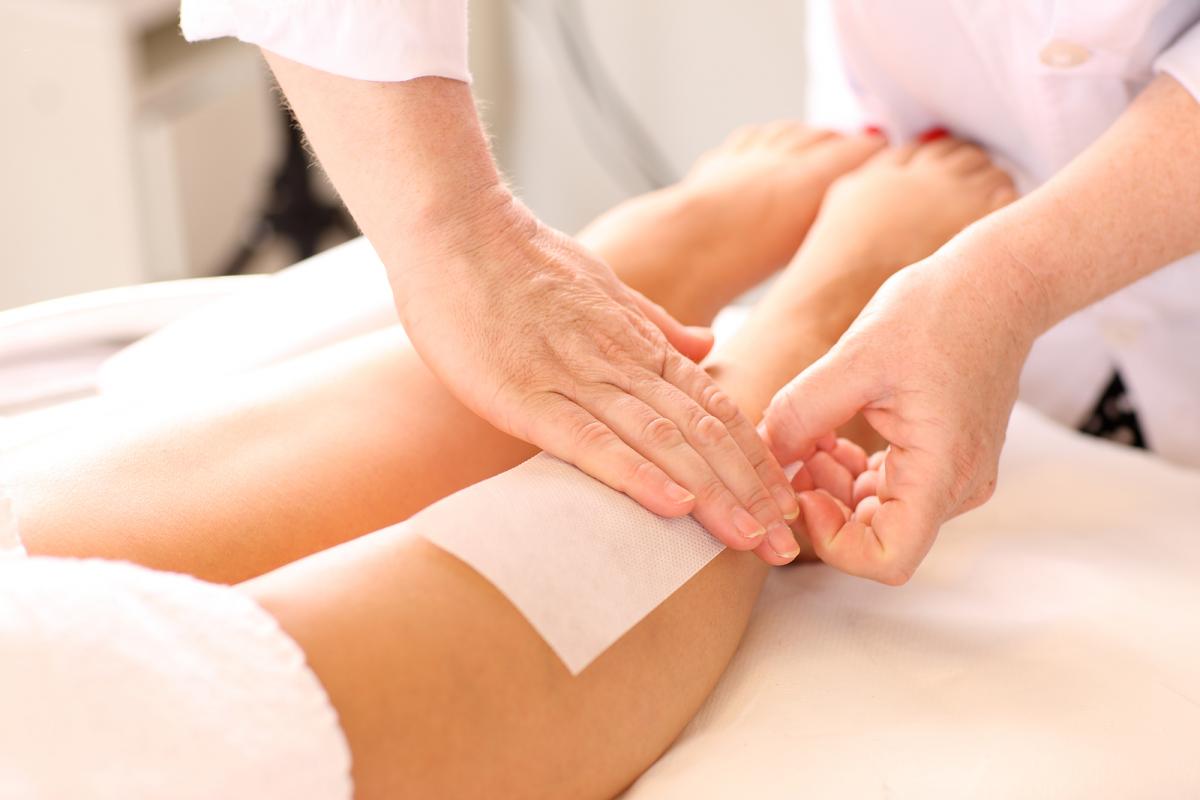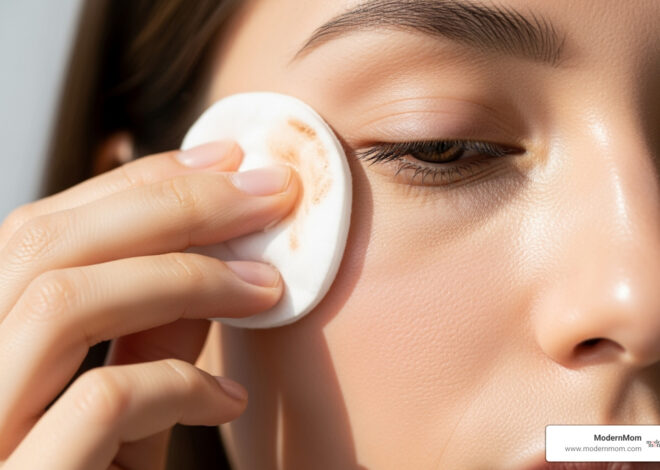Shaving, plucking, lasers – oh my! As women, we all want to stay hair-free and silky smooth during the summer months. But how do you narrow down your options and choose the hair removal method that’s best for you? It’s tough!
Waxing tends to be a solid in-between technique: it’s longer lasting than shaving, but not as intense or painful as laser hair removal. So if you’re curious about the process, buckle up and learn all about the ins and outs (or ons and offs) of waxing…
How it Works
Waxing keeps the skin smooth for a couple weeks – it’s a semi-permanent hair removal system that takes (well, it actually rips) the hair out from the root. Almost any part of the body can be waxed and there are special types of waxes as well as different techniques for each area (i.e. a sensitive area is treated differently than a less sensitive part like your legs, for example). From the eyebrows to other parts of the face (chin, upper lip, etc.), to the bikini area, abdomen, back, chest, legs, arms, and feet, waxing is not uncommon for women AND men! (Although, as a comical sidenote, a friend of mine who works at a waxing salon told me she receives a lot of calls from women making appointments for their husbands or boyfriends, who are too embarrassed to phone in for themselves. C’mon guys, don’t be ashamed of your hair removal needs!)
The Different Kinds of Wax
There are two common ways to wax. In strip waxing, the esthetician applies a thin layer of wax to the area using a little stick, then firmly presses a little piece of cloth or special paper on top of the wax. The cloth or paper is quickly ripped off in the opposite direction of hair growth, removing both the wax and the hair.
When using hard wax, warm wax is spread rather thickly over the skin with no paper or cloth strips. The wax hardens as it cools, allowing the esthetician to rip is straight off the skin, which contrary to the mental image I’ve just produced in your head, is actually better for sensitive skin.
Health and Hygiene Concerns
If you never been waxed before and you’d like to schedule an appointment at a salon, there are a few things you should look for. If the salon asks you to fill out a questionnaire about any allergies, health conditions, or medications you’re taking, it shows that they care whether or not you’re a candidate for waxing.
Make sure they place new, clean sheets or paper down for each client. It’s also essential that your esthetician wears gloves while waxing–skin is very vulnerable right after a wax and gloves help protect it during the process. Double dipping is a no-no: once an application stick has been used, she should pick up a new one. And lastly, you should be given a pair of disposable panties to wear during a regular bikini wax because they’re much more hygienic than regular cloth underwear.
Remember, if you don’t do your homework, you could end up with more than weird looking eyebrows – you could get an infection or even a disease!
Home Waxing Kits
As you most likely know from TV commercials or the beauty aisle of the grocery store, waxing can be done at home, as well. The hair removal is done in the same way (apply layer of wax, firmly press strip if provided in kit, quickly rip in opposite direction of hair’s growth), but one important thing to know is how to heat the wax. Instead of nuking it in the microwave, which can deliver uneven heat or even burn the wax, immerse the wax cartidge in hot water to melt it.
An alternative waxing technique is cold wax, which does not need to be warmed before use since it’s already attached to a removal strip. Also, sugaring uses a wax-free substance made of sugar, water, and lemon juice and has a thick gel consistency. Removal for both of these methods is the same as above, but repeat applications may be necessary as they do not grip the hair as tightly as hot wax.
Tips & Tricks
No matter where or how you do it, make sure to follow a few essential tips. Ensure that the skin you intend to wax does not have any wounds, rashes, or acne. Don’t shave before your wax either–the hair needs to be at least 1/4″ long in order to be pulled out. Trimming longer hair can make the waxing process less painful. (And my trick is to pop a couple pain relievers half an hour beforehand so they’re already working in your system by the time you’re done with your wax!)
Afterward, apply oil immediately to get rid of the remaining bits of wax. You can also sprinkle on some talcum or baby powder to prevent skin wetting and to soothe the irritated area. Some people even say to wait around 12 hours before showering or wetting the area, as this helps to prevent infections and irritation.
Have a great time in your hair removal endeavors!





